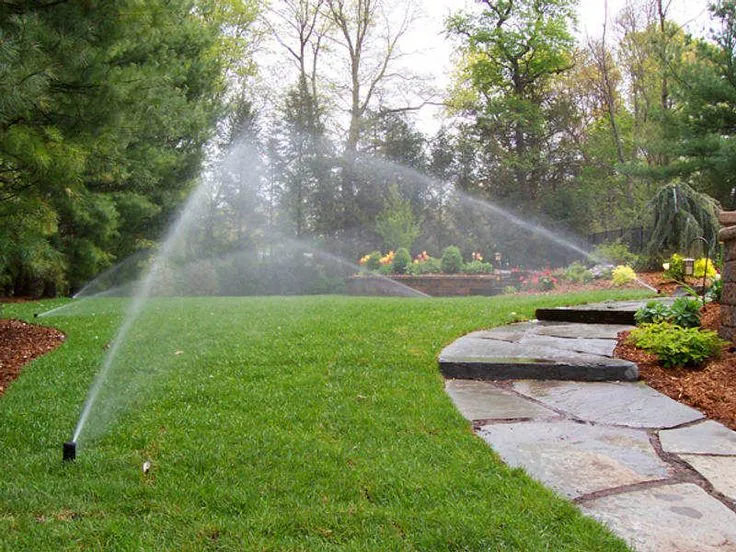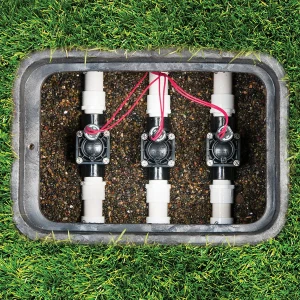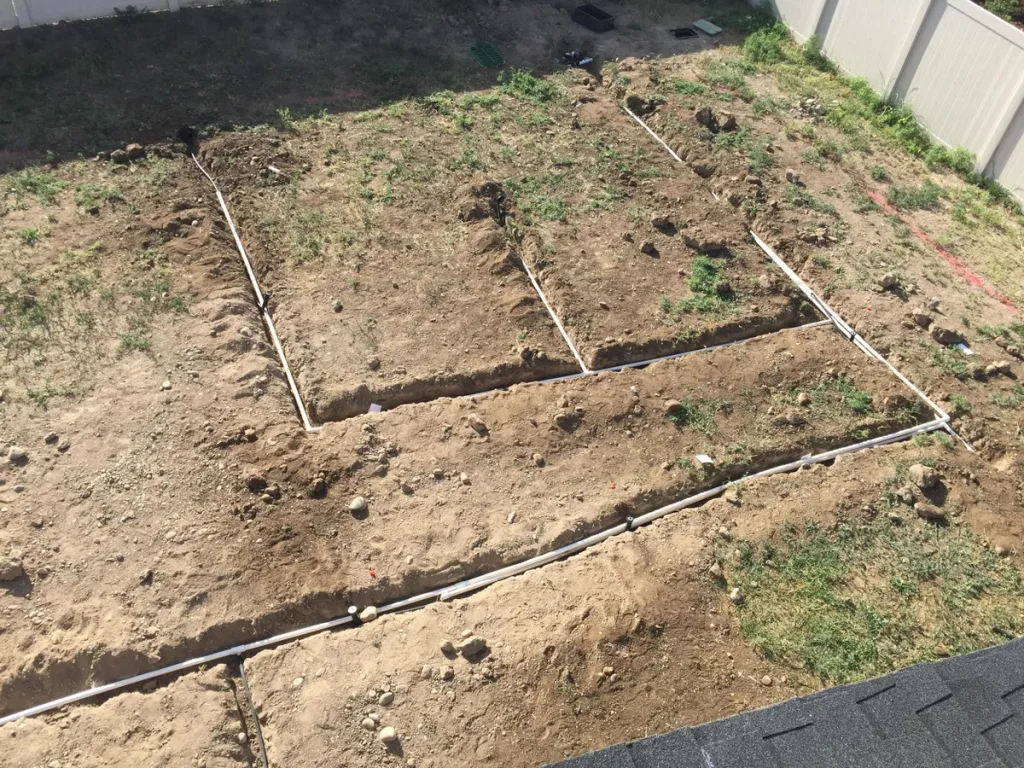Basic Design of an Irrigation System

A sprinkler system, also known as an irrigation system, is a common feature in Victoria BC. By automating the watering of your lawn and gardens, it not only cuts down on the chores of maintaining your yard but also saves money on water usage through greater efficiencies. Here is a basic explanation of how your typical residential irrigation system works.
Start of the Irrigation System
First we need a source of water to feed the entire sprinkler network. To do this, we need to tap into the water main line that feeds your entire property. This is a line that goes from the water box, which may or may not be on your side of the property line with the city, to your house. By teeing into this line, we do not interrupt or affect any of the water going to the rest of your property. Local regulations state, however, that since this water is considered potable, a backflow preventer must be installed to prevent any possible contamination of the main water line. Also, it is highly advised to add a blowout valve for winterizing. From this, we then take a 1″ or 3/4″ pvc pipe that will essentially be the artery that feeds the entire irrigation system.
The Middle of the Irrigation Network

The next part is to take that main arterial line and connect it with a number of control valves. Each control valve represents a zone. Zones are necessary because there is generally not enough water from that artery to feed your entire property at the same time. Therefore, each portion of your property must take turns. For example, if there are four zones, A B C and D, then A can go first while B C and D are shut off, then A is shutoff and B is turned on, and so forth. This way there’s enough flow of water at sufficient pressures that all your plants will be watered properly and nozzles will be able to pop up. These control valves are then hooked up to the zone it controls via branches of pvc pipes. The control valves are further wired into a small computerized controller that will then become the central control unit for all your zones. The control valves are then placed in a plastic box to protect it from the elements.
The Final Bit of an Irrigation System

The branches from the aforementioned control valves then run towards each area or zone it’s designated to cover. At each branch, there are spots where further branches are added that will then feed directly into a spray nozzle or a drip line. For garden and drip lines, sometimes a pressure reducer is used to make sure the thinner lines don’t explode from overpressure.
Conclusion
When building an irrigation system, it’s important to bury the entire system deep enough that any landscaping work in the future will not result in hundreds of dollars of repairs from disrupting and damaging these lines. It’s also important not to cheap out on the components as the cost to replace them is far higher down the line than whatever you may save in the meantime. Finally, ensure that you’ve done the proper design considerations so your irrigation zones have enough pressure and water flow to feed all the nozzles appropriately.